What is the difference of mobile flash memory and computer SSD?
Mobile phone and computer have similar structure as two essential objects in modern society. Basically, mobile phone can be seen as a condensed version as computer.
Millet 8 for example, has a $43.6 price difference between 6+128GB and 6+64GB, which can be seemed as adding $43.6 with additional 64GB capacity, while the price of 512GB CM871a on Hugdiy is $72 which means $9 of each 64GB capacity.
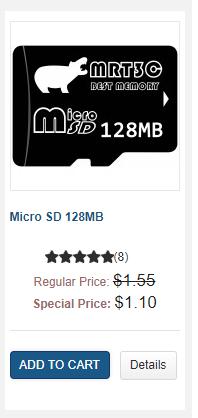
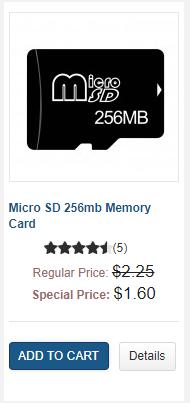
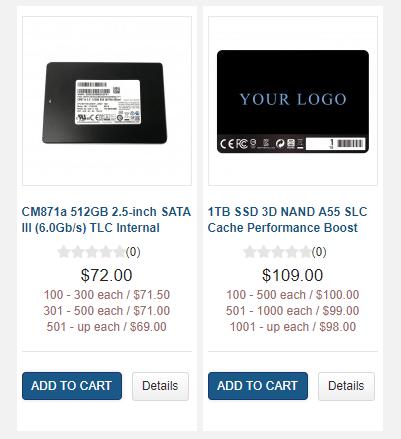
Why is there such a difference between flash memory in mobile phone and computer SSD?
The answer is both of them have same basic structure while their interface and integration level are different.
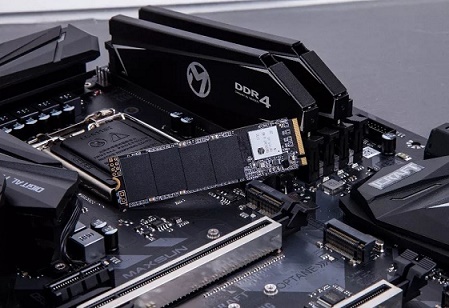
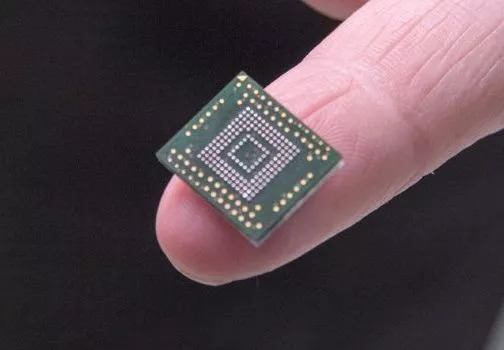
Mobile phone memory has one particle from appearance but it has both master control and flash memory particle inside, which have been a integrated memory system. Due to portability of mobile phone, it can’t carry flash memory chip array with multiple flash particles like SSD and offer multichannel performance. As a result, it can’t have a strong transmission performance like computer equipped with SSD.
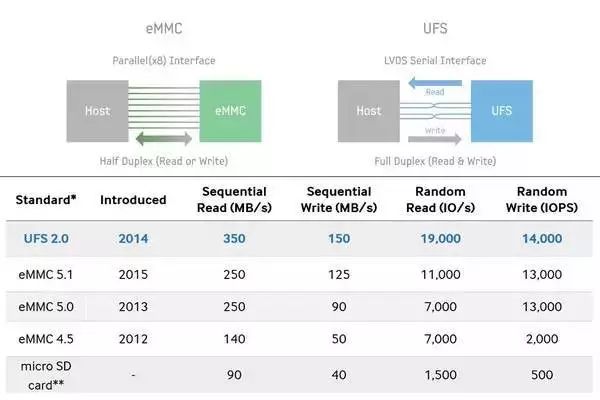
As for controversial eMMC and UFS years earlier, they are similar in structure but different in interface. UFS using high-speed serial interface, is much more stronger than eMMC with parallel interface in read and write performance. Analogously, it is the same of difference between SATA of computer SSD and NVMe.
What is the actual difference between computer SSD and mobile flash memory? There are two results below to have a comparison.
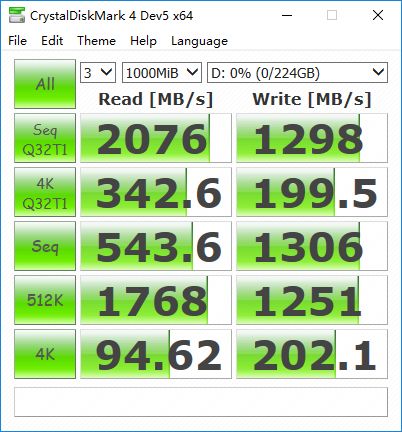
1. Test NP800C 240G by CDM
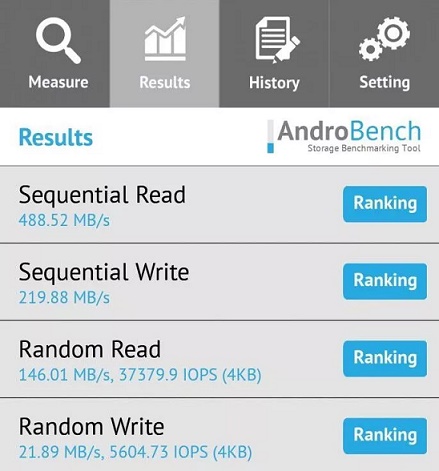
2. Test UFS 2.0 by AndroBench
Although continuous read and write performance of UFS2.0 flash memory, which is less than 480MB/s and 220MB/s, catches up SATA SSD, NP800C 240G has five times more than it, which thanks to its high transmission bandwidth and high-performance master control.
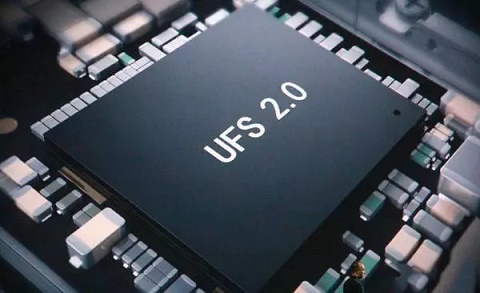
Generally, mobile phone has low power consumption, common performance and small volume due to its equipment features, while computer flash memory has high power consumption, strong performance and large size. These two adapt equipment features of mobile and host terminal respectively.
